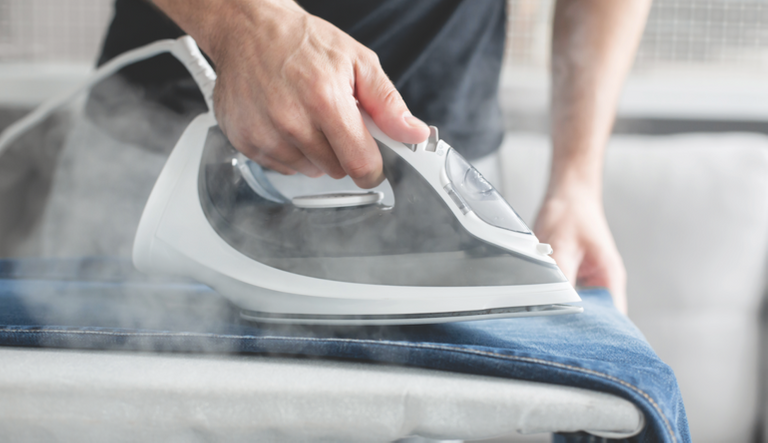
Ironing is one of the most unpleasant household chores in modern life. Apart from the unpleasantness of this job, it is useful to know the chemical structure of the fabrics to understand why wrinkles do not spontaneously become old or why some clothes wrinkle less.
Fabric fibers such as plant-based cotton and linen mainly consist of cellulose. Polymeric cellulose is in the form of a straight chain consisting of thousands of glucose molecules being added end to end. Glucoses, which are single units (monomers) of the polymer, tend to cling to other glucose in neighboring chains. This interaction between molecules, which is not very strong, is called hydrogen bonding. Although the individual hydrogen bonds are not strong, this network of interaction established throughout the fabric has the character to give strength to the fabric in total. Hydrogen bonds are highly dynamic. That is, as the cellulose chains move, the bonds between glucose units are broken and re-formed with their new neighbors. In this way, when a garment is neatly folded and placed in the closet, wrinkles do not occur by themselves, as the neighboring positions of the glucose units will no longer change.
When the laundry is washed, water molecules similar to the interaction between cellulose chains enter between the chains and break the hydrogen bonds between glucose. The cellulose chains, which have water molecules between them, slide over each other and cause the fabric to change shape, that is, wrinkles. After washing, while the water molecules evaporate away, the fabric dries while maintaining its wrinkled shape.
When the hot moisture we apply to the fabric with the iron to open the wrinkles, combined with the pressure applied while pressing the iron, it disperses the hydrogen bonds due to the wrinkle and enables the cellulose chains to establish new parallel neighborhoods. In this way, with the sprayed water and steam sprayed, the fabric attains the flat structure we want.
The use of "formaldehyde" was started in the 1950s to prevent wrinkles in fabrics. It has the ability to keep wrinkles to a minimum by permanently connecting the formaldehyde cellulose chains to each other. However, due to the odor, itching and potential health concerns caused by formaldehyde, a chemical substance called "dimethylol dihydroxy ethylene urea" is widely preferred today.